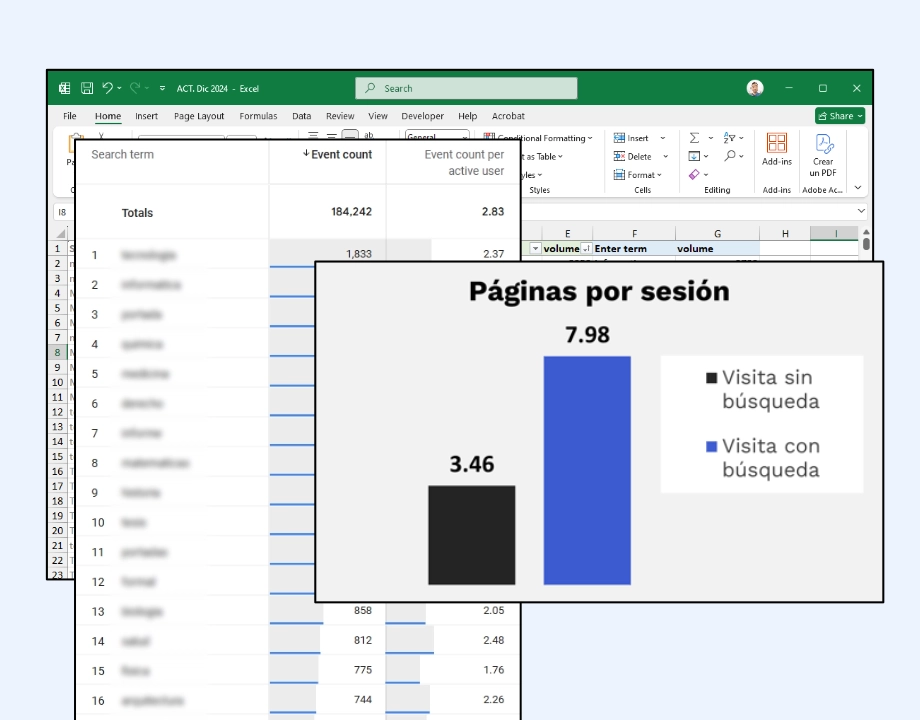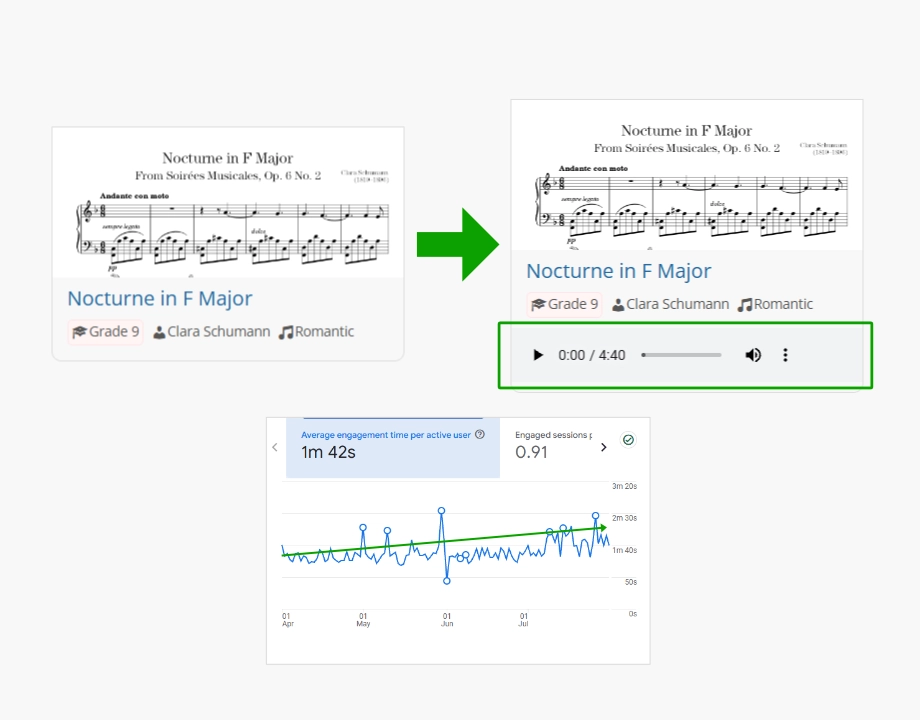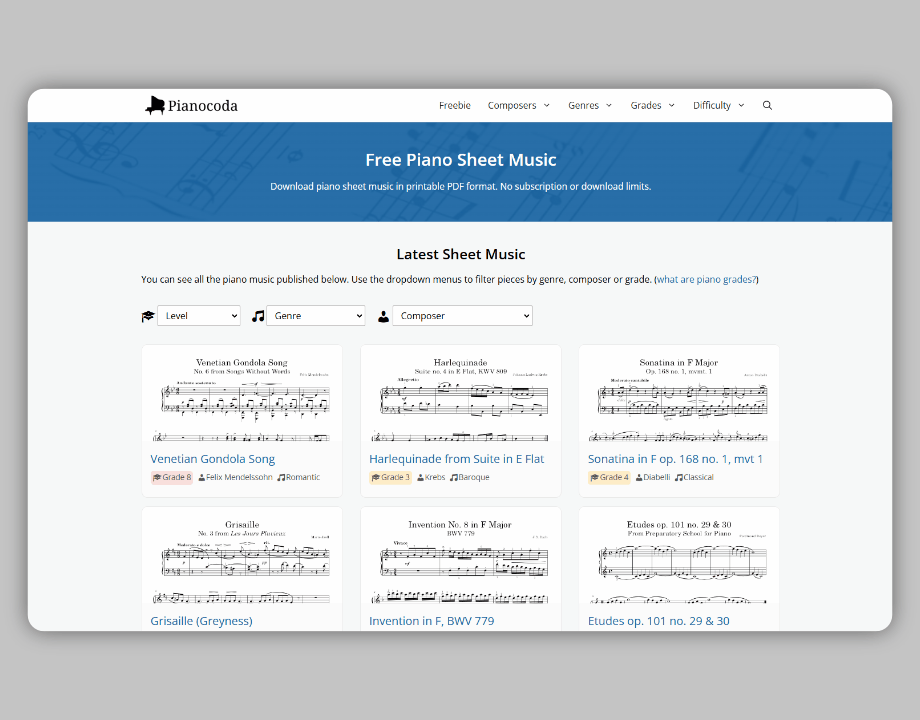Context
On Coversgo.com, the internal search engine was one of the most frequently used features by visitors looking for specific designs. However, the valuable data generated by these searches wasn’t being leveraged, and users weren’t offered clear alternatives when no results were found.
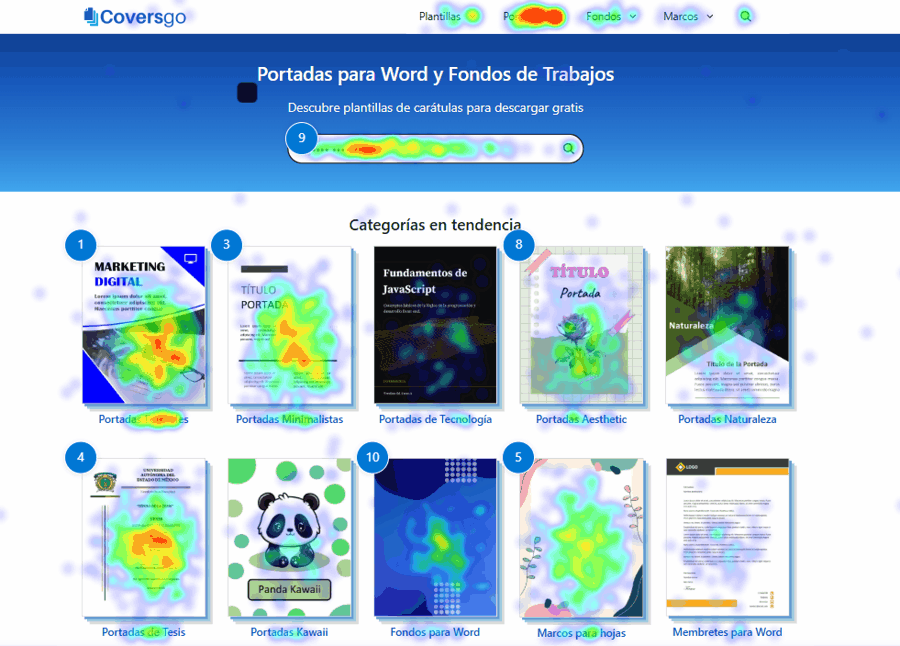
Microsoft Clarity heatmap
Goal
- Identify real user demand via internal search queries.
- Create content that covers search terms not included in the initial keyword research.
- Improve navigation and increase pages per session.
Hypothesis: If users find the templates they are searching for, overall satisfaction, usability, and pages viewed per session will increase.
Implementation
1. Internal Search Tracking
- Set up Google Analytics to record and analyze on-site search queries.
- Identified frequent queries for popular designs that had no associated content.
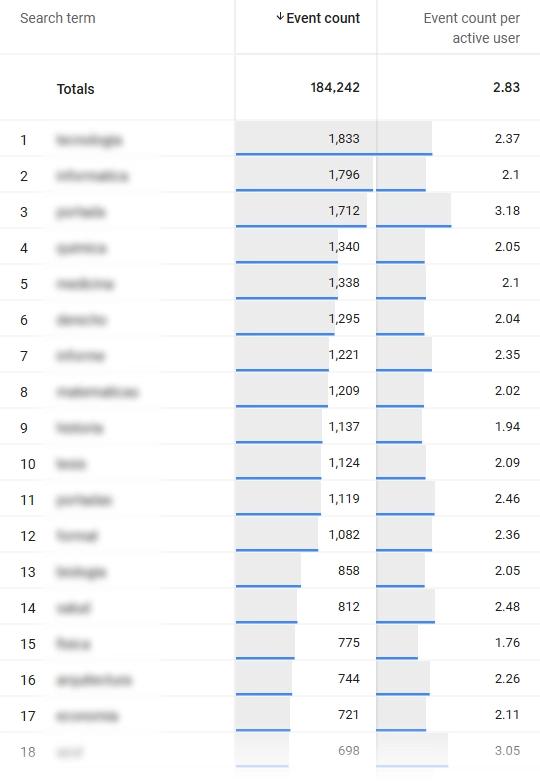
2. Creating Targeted Content
- Built new pages and resources to cover the most recurring internal search topics, increasing the relevance of results.
3. Search Results UI Improvements
- Added a “Popular Categories” section at the bottom of the results page—displayed whether or not there were matching results—to offer immediate navigation alternatives.
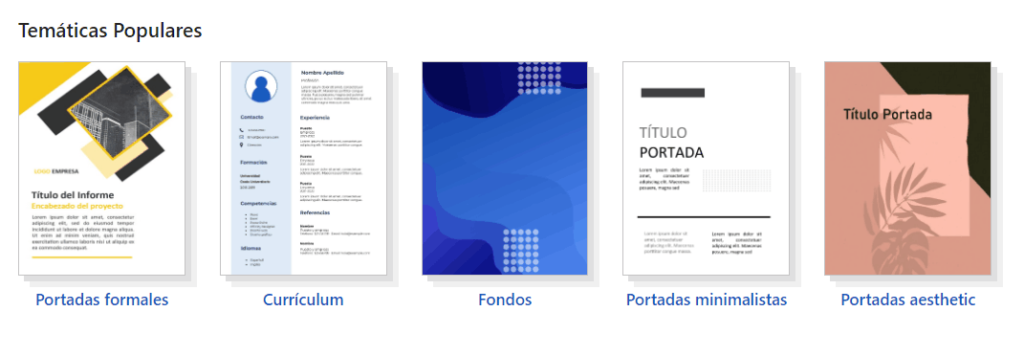
Results
- Increase in pages viewed per session.
- Longer average session duration.
- Decrease in abandonment after using the search function.
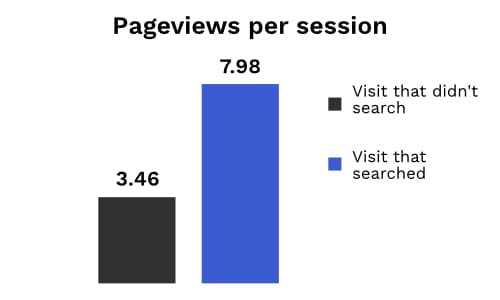
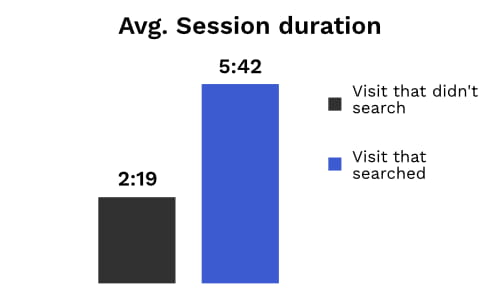
Key Learnings
- Internal search data is a direct and highly valuable source of real user demand.
- Offering alternative pathways (such as popular categories) keeps users engaged even when initial searches fail.
- Small UX improvements in high-interaction areas can significantly impact engagement metrics.
